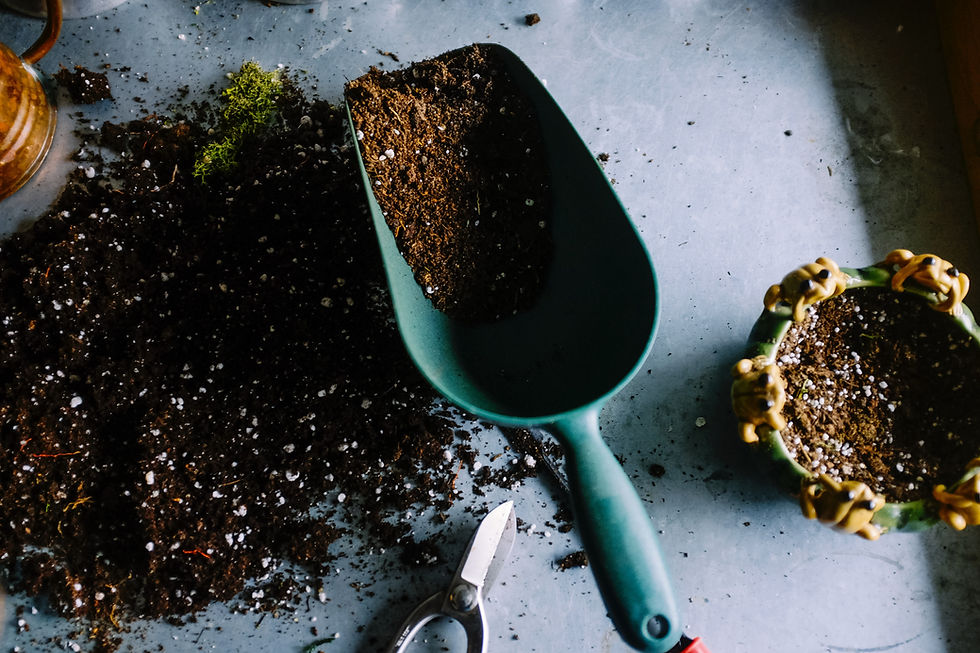Feeding Your Garden with Cane Molasses
- Harley Smith
- Sep 14, 2023
- 2 min read
Many gardeners are discovering the benefits of adding a little cane molasses to their fertilizer regimen. Some people think that the cane molasses is food for the plant, but that isn’t really true. Plants cannot take up large organic molecules. Complex organic molecules must first be digested by microorganisms in the soil before they can be taken up by the plant. That’s why certified organic fertilizers are not usually recommended as the sole source of nutrients for hydroponics. More often than not it would just make a muddy mess! But in soil, there are plenty of spaces for microorganisms to colonize and make their homes. So you might think of organic fertilizers as feeding the microorganisms in the soil, with the microorganisms feeding the plants.
It’s the same way with the complex carbohydrates in molasses. Plants can’t take up large sugar molecules very easily, and if they do take some up, the plants actually have to expend energy to do so! Most of the carbon that plants use comes from carbon dioxide in the air. In the presence of chlorophyll and full-spectrum light, plants make their own carbohydrates through a process called photosynthesis. So feeding carbohydrates to a plant is like feeding milk to a cow! Plants make their own sugars. In fact, some of the extra sugars manufactured by the plant are exuded through the roots to feed beneficial bacteria and fungi in the root zone. So cane molasses is an excellent food source for beneficial microorganisms in the soil, even though very little is used directly by the plant.
As the microorganisms in the soil rapidly grow and multiply, they produce enzymes. Some of the enzymes break the large carbohydrates in molasses into simpler sugars and organic acids, some of which make it easier for plants to take up micronutrients from the soil. In addition, unsulfured cane molasses is itself a great source of important nutrients for plants, especially iron. Iron is easily locked up in the soil, and it is often the limiting factor for plant growth. But some plant-growth-promoting bacteria make special organic molecules called siderophores. The word “siderophore” literally means “iron carrier”. It is one of the best chelators of iron found in nature. So as the soil bacteria eat the molasses, the iron in the molasses remains soluble and available to the plants. The results? Better color, increased photosynthesis and stronger growth!
Using a dried, micronized molasses is a great alternative to using liquid molasses. Soluble-grade molasses is a powdered product which maintains the quality and consistency of liquid molasses, but adds the handling and storage characteristics of a dry product. During the manufacturing process, ten pounds of cane molasses is reduced to one pound of soluble concentrate, making it much easier to handle and store. If you are tired of the sticky mess of pouring and measuring thick liquid molasses, then powdered molasses is for you. It only takes about 1/8th to ¼ teaspoon per gallon to sweeten your irrigation water or compost teas. Healthy soil makes healthy plants!



Would brown sugar be another option?